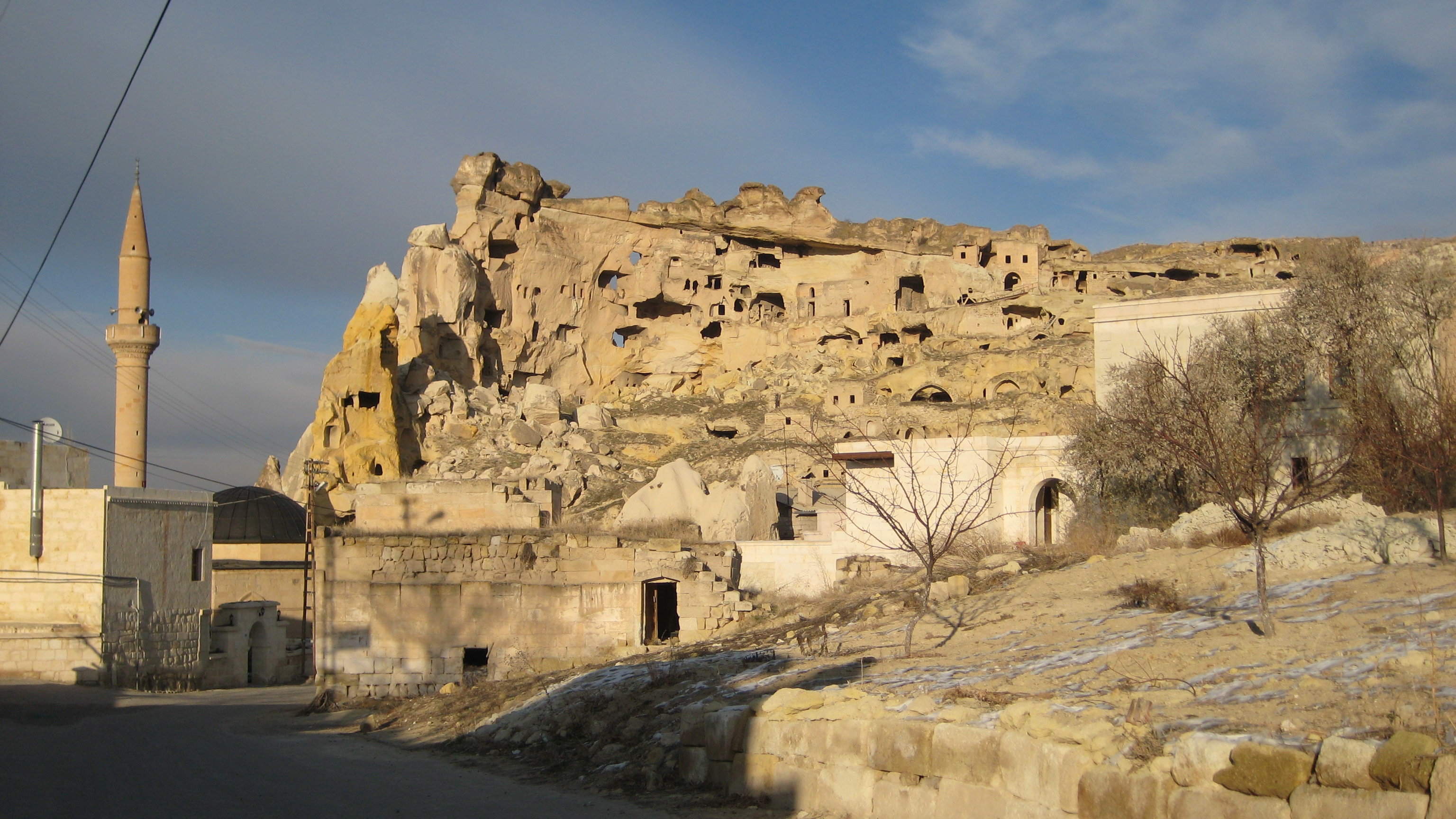√áavuŇüin on:
[Wikipedia]
[Google]
[Amazon]
 √áavuŇüin is a village in the district of Avanos in
√áavuŇüin is a village in the district of Avanos in
Hundreds of pictures of √áavuŇüin
Villages in NevŇüehir Province Cappadocia {{NevŇüehir-geo-stub
NevŇüehir province
NevŇüehir Province ( tr, , from the Persian compound ŔÜŔą ōīŔáōĪ ''Now-shahr'' meaning "new city") is a province in central Turkey with its capital in NevŇüehir. Its adjacent provinces are KńĪrŇüehir to the northwest, Aksaray to the southwest, N ...
in the Cappadocia
Cappadocia or Capadocia (; tr, Kapadokya), is a historical region in Central Anatolia, Turkey. It largely is in the provinces NevŇüehir, Kayseri, Aksaray, KńĪrŇüehir, Sivas and Nińüde.
According to Herodotus, in the time of the Ionian Re ...
region of Turkey
Turkey ( tr, T√ľrkiye ), officially the Republic of T√ľrkiye ( tr, T√ľrkiye Cumhuriyeti, links=no ), is a transcontinental country located mainly on the Anatolian Peninsula in Western Asia, with a small portion on the Balkan Peninsula in ...
. It is on the road between Avanos and G√∂reme, about five kilometres north of G√∂reme. The older part of the village lies on and around a large ridge of tock visible for miles around. Most of the modern homes are closer to the main road where villagers were rehoused in the early 1960s amid fears that their old homes might collapse. Until recently √áavuŇüin was more or less ignored by tourism despite its proximity to the G√∂reme honeypot. However, in the 2010s more hotels opened in CavuŇüin too, especially in the older part of the village.
The village may have been called Kodessane in the early Christian era.
In 2011 the American Duke Dillard moved to √áavuŇüin with his family and set up the Captivating Cappadocia website which has photos and information on the village.
Attractions
√áavuŇüin is home to two rock-cut churches that are worth seeking out. Confusingly, both are named after St John the Baptist. The first of the churches is right beside the main road and clearly visible because part of its facade has fallen down, exposing two huge frescoed angels to the open air. Inside the church there are brightly coloured frescoes of familiar Bible stories such as the Nativity. More original are the frescoed figures of soldiers in uniform that run along the lower part of the north wall. They depict theForty Martyrs of Sebaste
The Forty Martyrs of Sebaste or the Holy Forty (Ancient/Katharevousa Greek ''Šľćő≥őĻőŅőĻ ő§őĶŌÉŌÉőĶŌĀő¨őļőŅőĹŌĄőĪ''; Demotic: ''őÜő≥őĻőŅőĻ ő£őĪŌĀő¨őĹŌĄőĪ'') were a group of Roman soldiers in the Legio XII ''Fulminata'' (Armed with Lightning) w ...
(modern Sivas) who were driven out naked onto a frozen lake to die during a persecution of Christians in the early 4th century.
Particularly interesting are the frescoes of the Byzantine Emperor Nicephorus Phocas (a Cappadocian on his mother's side) and his wife Theophano. Since the emperor visited Cappadocia in the mid-10th century, the church has been dated unusually precisely to 963-969. The story of the emperor's sticky end and the part Theophano may have played in it is described in John Ash's book, ''A Byzantine Journey''.
The second church is harder to find in the old part of the village but is particularly impressive. It is a huge, soot-blackened early 6th-century basilica that is more interesting for its carved decorations than for its frescoes which are barely visible now. A cross-shaped hole in the floor of the apse may once have contained relics of St Hieron, an obscure saint strongly linked to Göreme.
From the ridge above √áavuŇüin it is possible to look down on a group of fairy chimney
A hoodoo (also called a tent rock, fairy chimney, or earth pyramid) is a tall, thin spire of rock formed by erosion. Hoodoos typically consist of relatively soft rock topped by harder, less easily eroded stone that protects each column from th ...
s' that make it fairly apparent how the wind and rain of the centuries gradually eroded solid rock to create these features that are so characteristic of Cappadocia.
See also
* G√∂reme Tarih√ģ Mill√ģ ParkńĪReferences
External links
Hundreds of pictures of √áavuŇüin
Villages in NevŇüehir Province Cappadocia {{NevŇüehir-geo-stub